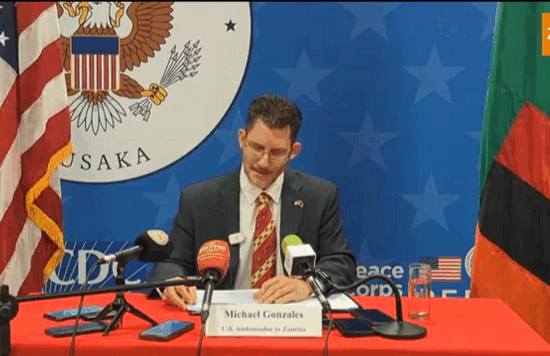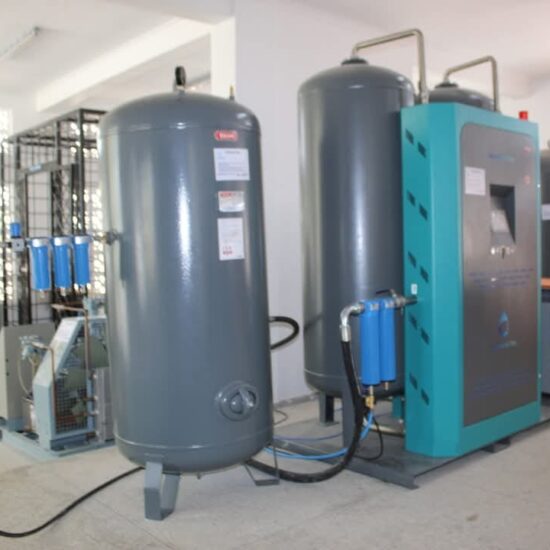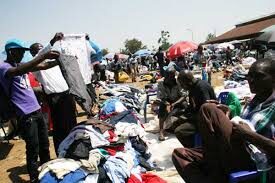
Results of the analysis conducted by the Water Resources Management Authority – WARMA on the groundwater data from its ground water monitoring stations for the period 2019 and 2020 indicated that groundwater levels are at their lowest in the last ten years in some provinces.
This has been attributed to reduced rainfall leading to less recharge and increased social economical activities that are dependent on ground water hence it is highly unlikely that there will be full recovery of ground water levels for the period 2019/2020 season as the situation may be worsened by the effects of climate change.
According to a statement made available to the Zambian Business Times – ZBT by WARMA Public Relation Officer Joseph Kapila on January 30, 2020, The Authority has therefore advised the general public and institutions in the following regions; Southern, Central, Copperbelt and Lusaka provinces to consider drilling boreholes at a path ranging from 70 meters to 120 meters depending on the geology of a given area.
Kapila said this measure is meant to ensure that resources spent on drilling boreholes are not wasted as a result of boreholes drying up due to receding ground water levels adding that the public should further employ water conservation practices at all times to ensure sustainable utilization of the available resources.
Kafue River has less water levels than Zambezi River
“With regard to surface water, the Authority wishes to highlight the water level status for this current season (2019/2020) compared to last season (2018/2019 season) and forecast for the next thirty days for some key stations on the Kafue and Zambezi Rivers,”
“The analysis of data from gauging stations located on the Kafue River showed that the water levels for the season 2019/2020 are comparatively lower than those recorded during the same period last season (2018/2019) and also below the long term average water level. However, for the next thirty days a steady increase in the water level is forecast with discharge expected to rise from the current flows of just below 200m3/sec to approximately 1,300 m3/sec.,” He added.
Meanwhile, for the Zambezi River, the water levels are higher than those for the (2018/2019) during this period, with recorded discharges above 550m3/sec. The Authority has since assumed that based on the brief analysis thus far conducted of the two rivers and if the situation prevails, the water levels reaching the major dams are likely to be comparatively lower than or similar to those for last season (2018/2019) in the Kafue River, and slightly higher to those for last season (2018/2019) in the Zambezi River.
February has however recorded a recovery in rainfall patterns which is expected to result in new forecast numbers after the monitoring and analysis.






